As we drove into the old town of Archidona, it was truly like taking a step back in time. Cobblestone, narrow, twisty roads led to our car park of choice.
Our 10 minute walk to the Plaza Ochavada was exhausting due to the high temperatures in the mid to late 30´s, but it was so worth walking on the shadier side of the streets for.
We found a very nice crafty type shop on our journey and I may well return for a closer look ;)
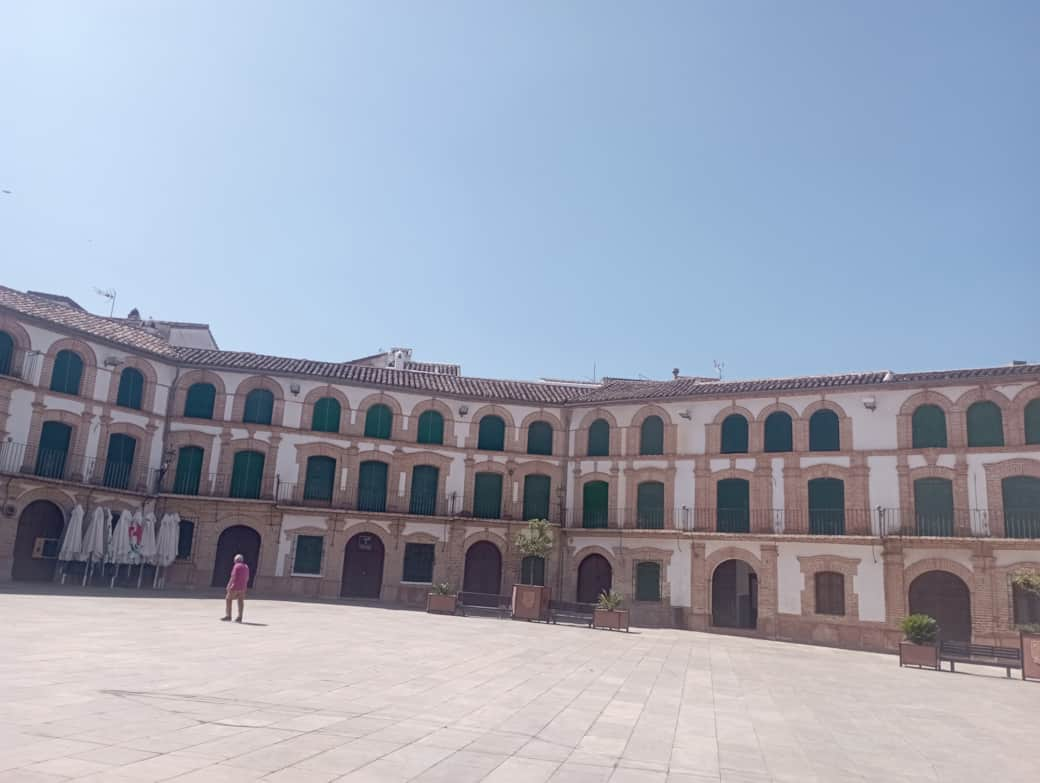
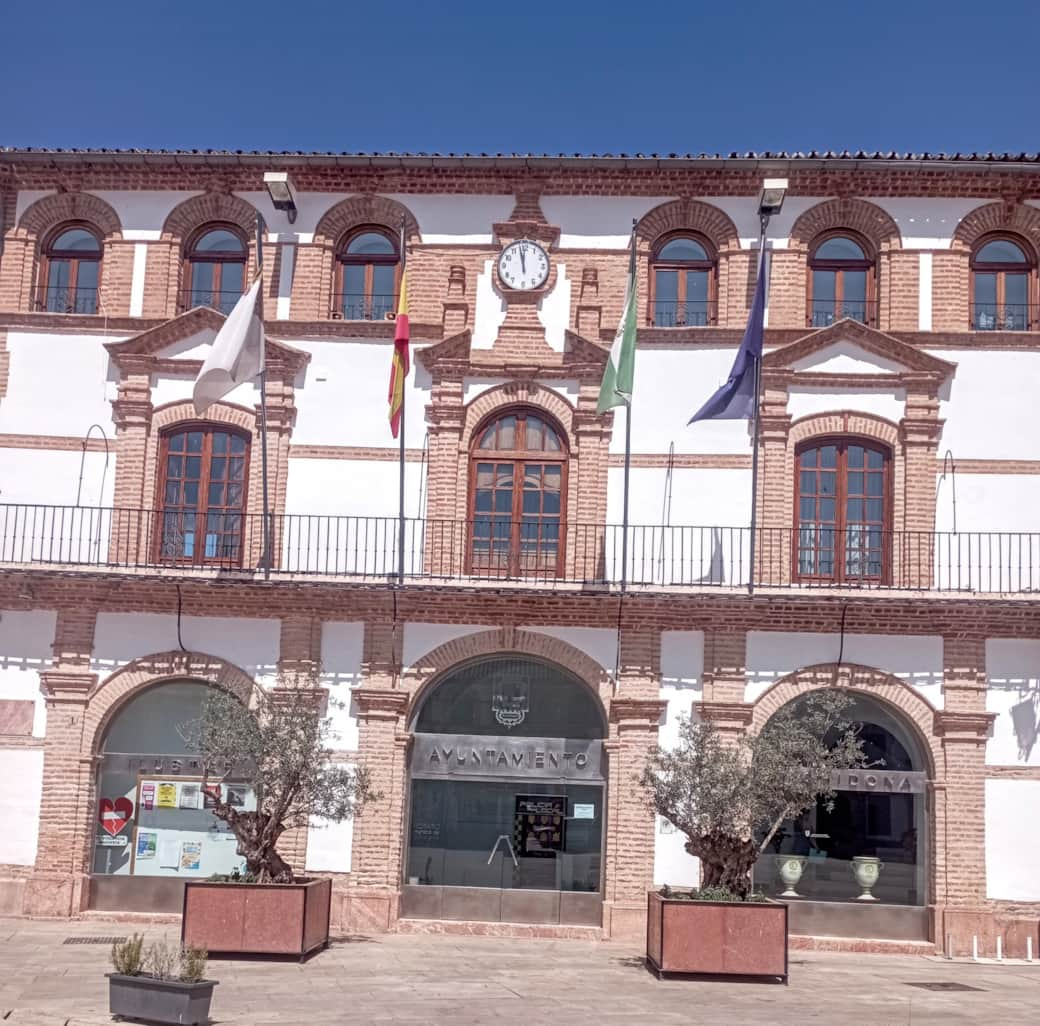
The origin of the plaza dates back to May 26, 1780, when the Cabildo (local government) advised it had sent a letter to His Excellency Manuel de Roda y Arrieta, that told of the unfortunate situation of the poor and day laborers of the town and what they were going through.
His authorization was requested to allocate the amount of 100,000 reales, which was in the coffers of the local granary, to carry out public works, and provide employment for the most disadvantaged of the town. There was a double purpose for the request: firstly, to improve public hygiene and the general appearance of the town and at the same time, to provide work for the most disadvantaged local people.
The octagonal square was built between 1780 and 1789 and is considered one of the main attractions of Andalusian Baroque buildings. It was a project entrusted to Antonio González Sevillano and Francisco de Astorga Frías.
Octagonal in design, it has been linked to French work due to the nationality of one of its designers, González Sevilla; His influence can even be seen in Place Vêndome in Paris. It is an urban space made up of different buildings that consolidate the same building.
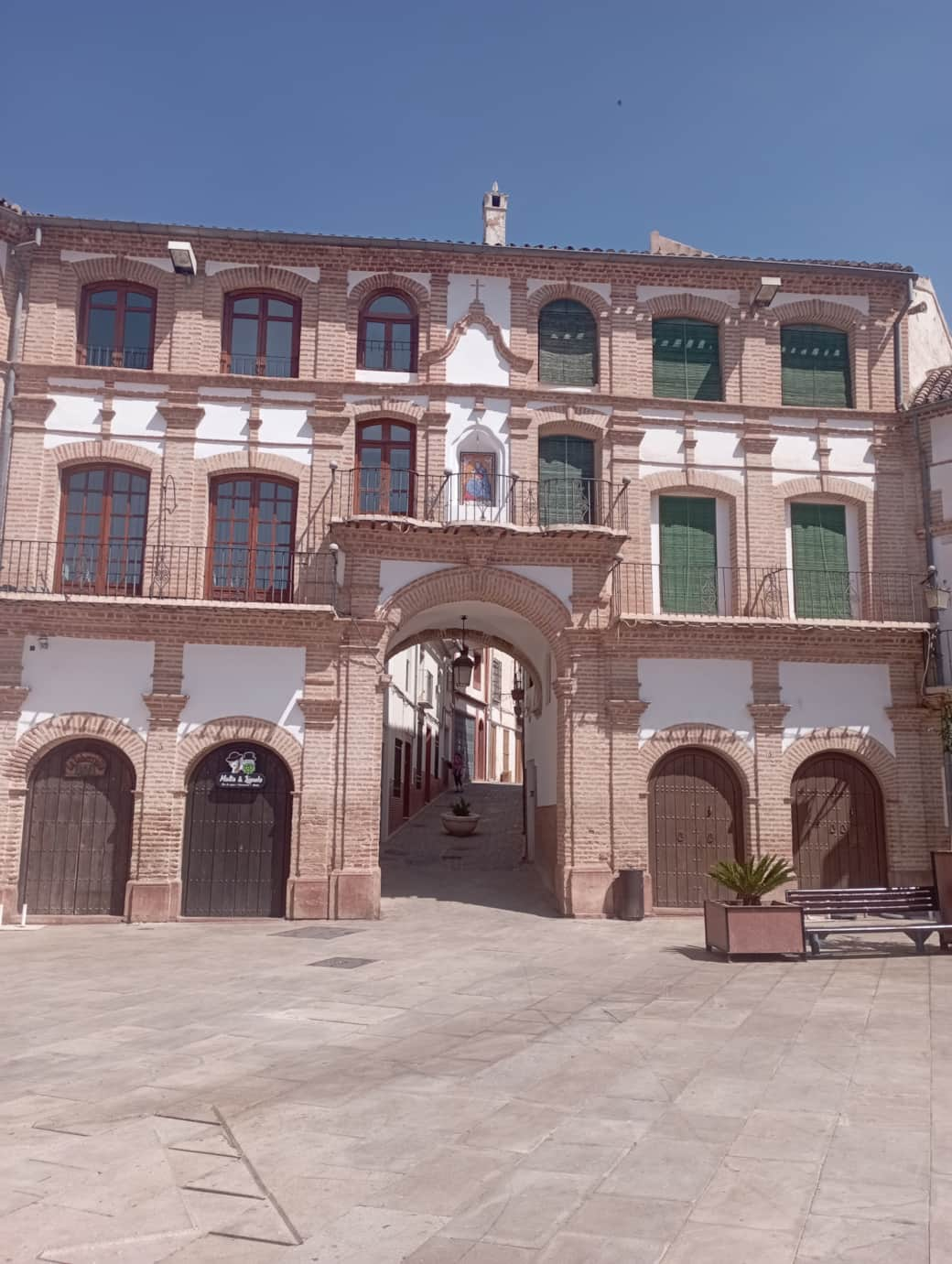
The facades of the buildings are mainly built of red brick, as are the archways above the windows and whitewashed walls. To the first floor there is a continuous balcony. All the buildings have three floors, which decrease in height.
On the front of the old council house there is a commemorative sign of reddish marble that marks that Their Majesties the King and Queen D. Juan Carlos I and Dª Sofía visited this city of Archidona on June 23, 1998.
There are 3 arched entrances to the Plaza - the one we entered through with the Ayuntamiento to our right.
Another beside which is the tourist information office.
The third leads to a street cafe with outside tables and from there you can enter the main historic road and some restaurants, cafes and some very nice shops further up the road.
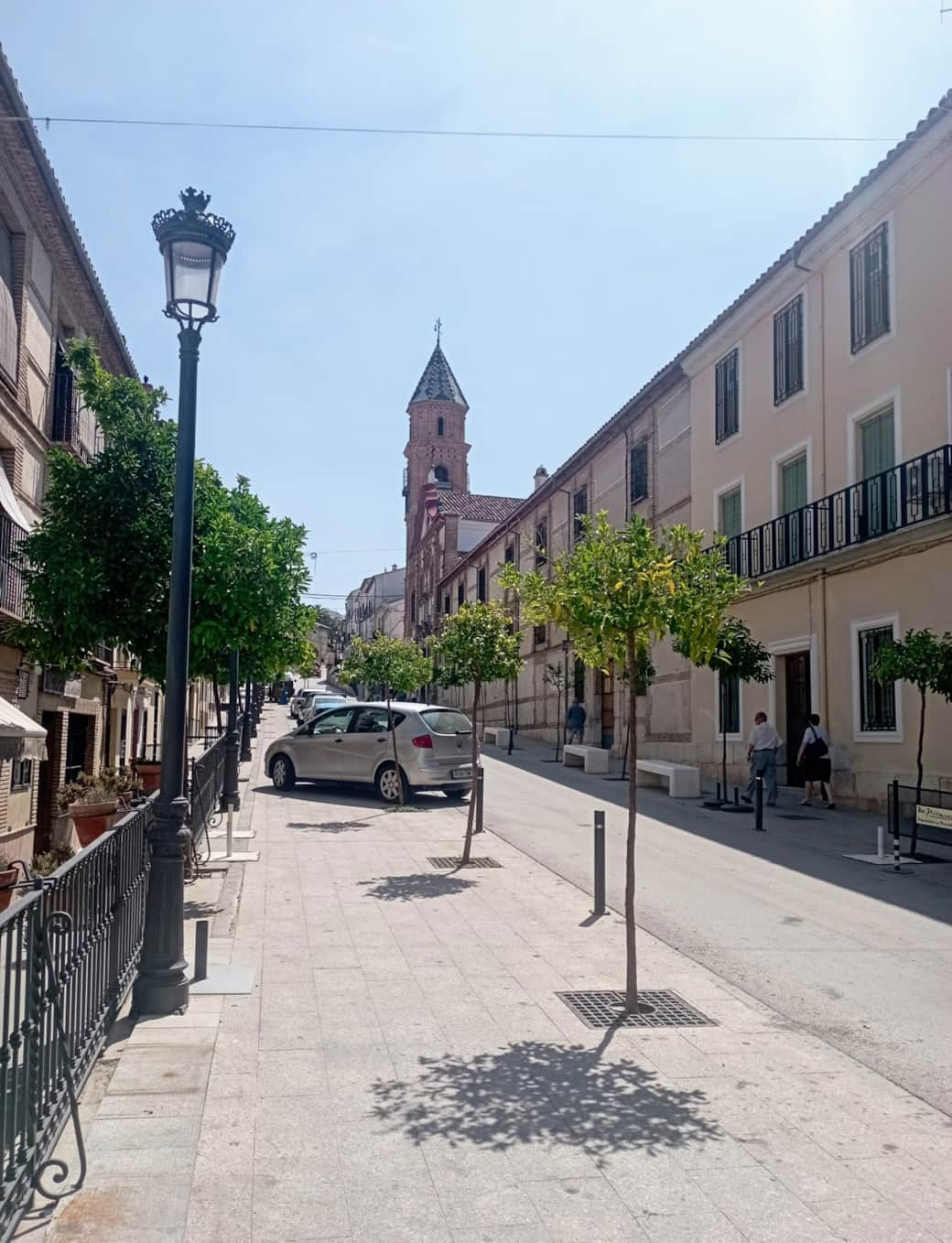
We opted for a restaurant in the shade and enjoyed a chilled soft drink before thinking of returning to the car by a slightly different walk.
Enroute, we saw the beautiful Las Minimas Convent that was founded in 1551, it too was built by Francisco de Astorga who was involved with the Plaza Ochavada.
The tower can be seen from the main old street. Red brick construction and topped with ceramic tiles in green and white. With the sun shining it almost looked metalic. However, we missed a treat..... the convent is open to the public and sells pastries and sweets. Please dont miss this treat.
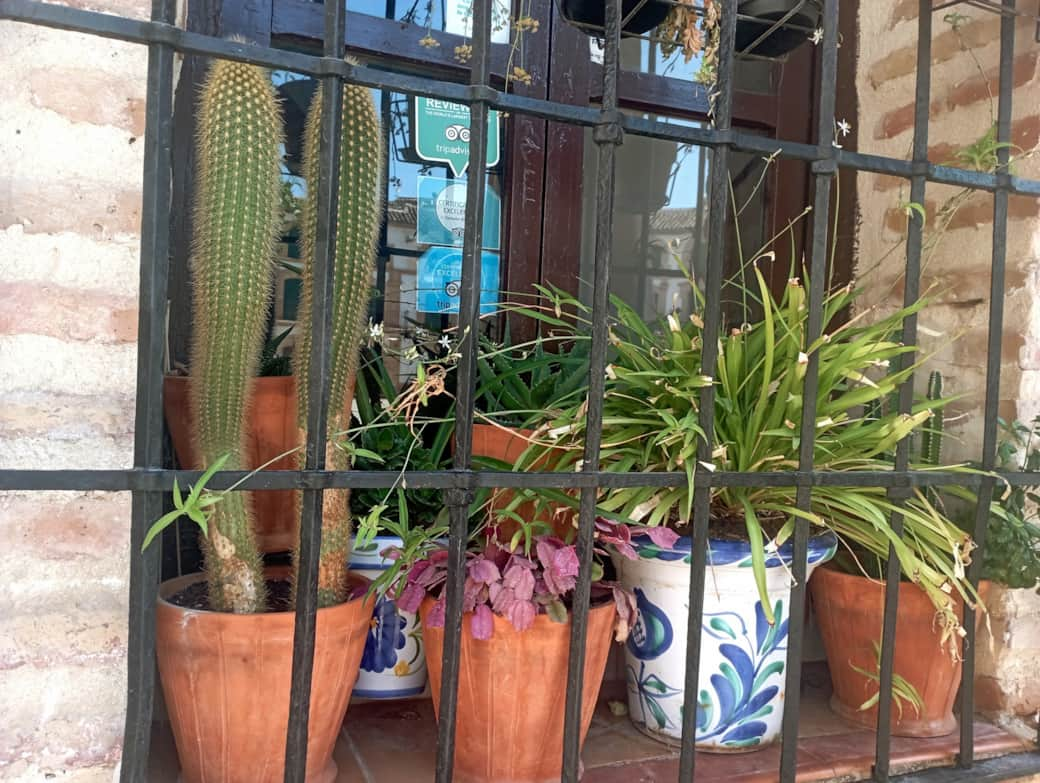
I am always curious about plants that survive in such harsh temperatures but also thrive in the colder months and this window box caught my eye.